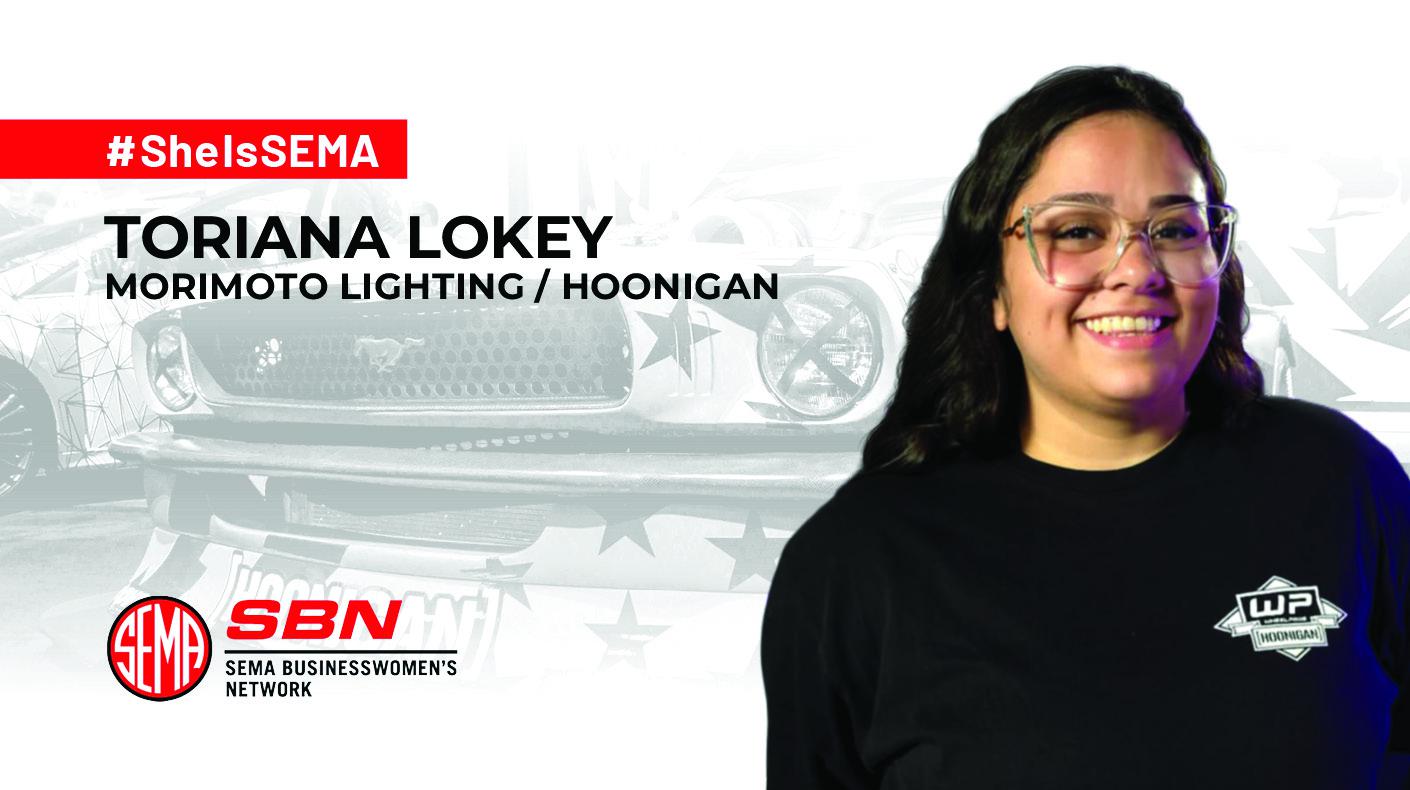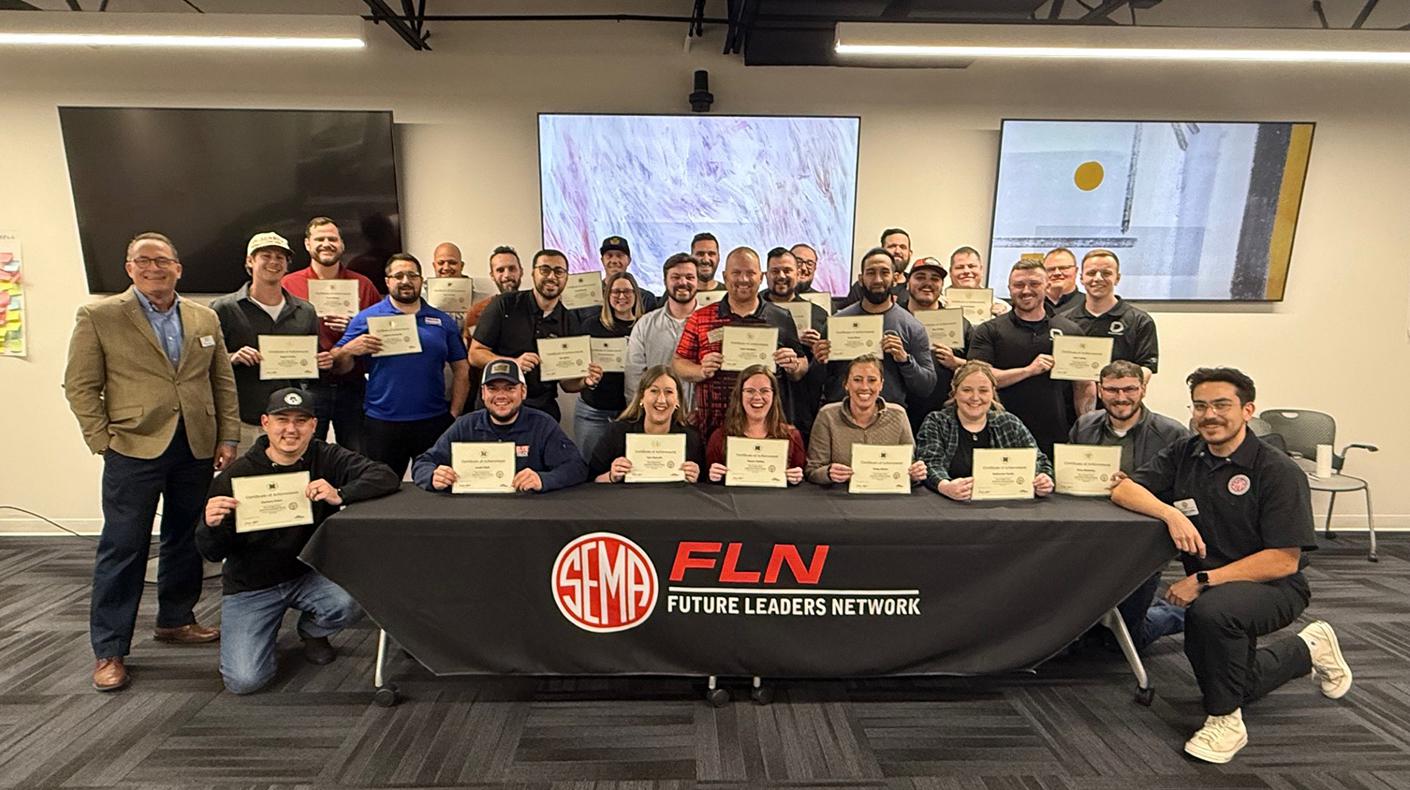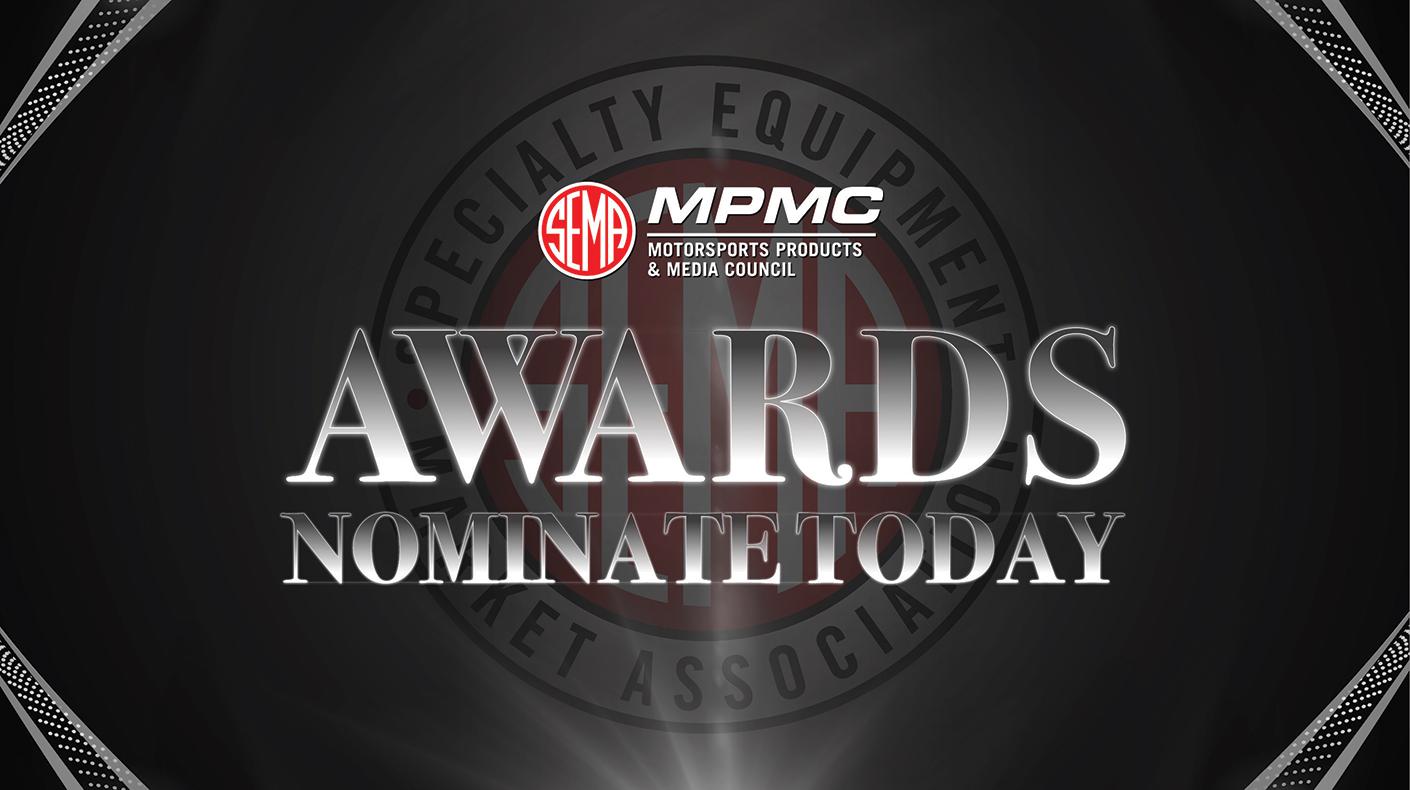 By Ashley Reyes
By Ashley Reyes
Brian Herron--CEO at Opus IVS--is the latest Emerging Trends & Technology Network (ETTN) member to share his insight on technology trends that he is utilizing and seeing in the automotive aftermarket industry.
Read more in his interview with SEMA News below.
SEMA News: What technology tools, new or old, have you leaned on recently?
Brian Herron: In recent times, Opus IVS has been at the forefront of employing state-of-the-art technology tools to address the complexities of modern vehicle diagnostics and solutions. Some of the core technologies we have leaned on include:
Integrated vehicle diagnostics platforms: Opus IVS has traditionally relied on this technology, offering a blend of advanced diagnostics and expert support. It empowers our team to provide accurate solutions for the modern vehicle repair industry.
Artificial intelligence (AI): Opus IVS has explored the potential of AI to enhance its diagnostic capabilities and streamline operations. Through AI, we are better positioned to analyze complex data sets, detect patterns and offer predictive solutions that would be too time-consuming or intricate for manual analysis. AI assists in faster decision-making, increasing the efficiency and accuracy of our diagnostic solutions.
Large language models (LLM): As part of our commitment to staying abreast with cutting-edge technologies, we have been delving into the potential of LLMs. Such models, like GPT-4, have demonstrated immense potential in understanding and processing language. This can be applied in understanding vehicle error messages, technical documentation or even aiding our customer service by providing quick, accurate responses to common queries.
Cloud computing and data storage solutions: The vast amount of data generated and needed for diagnostics requires robust and secure storage solutions. Cloud platforms enable us to efficiently store, manage and analyze this data, ensuring it's accessible when and where it's needed most.
Remote diagnostic platforms: Given the growing need for real-time solutions without the constraints of location, we've invested in platforms that allow for remote diagnostics, enabling our experts to assist clients irrespective of geographical barriers.
Advanced telematics: Understanding the real-time status and health of vehicles is crucial. Telematics tools help us gather, process and interpret vehicle data on the go, ensuring we're always one step ahead in terms of solutions and interventions.
Advanced driver assistance systems (ADAS) calibration: As vehicles become more integrated with advanced safety and driver-assist features, the calibration of these systems becomes paramount for ensuring they function as intended. Opus IVS has leaned heavily on advanced ADAS calibration tools to align cameras, radars and sensors precisely. Proper calibration is crucial not only for vehicle safety but also for the efficacy of these advanced features. Our commitment to ADAS calibration ensures that vehicles return to the road with their assistance systems operating at optimal levels, safeguarding both the driver and other road users.
With this addition, you now have a comprehensive list of technological tools and approaches that a company like Opus IVS would likely employ in the contemporary vehicle diagnostics and repair landscape.
Incorporating these technologies has not only solidified our position as leaders in the automotive diagnostics realm but has also enabled us to offer unparalleled solutions tailored to the evolving needs of the modern repair industry.
SN: What new trends have you noticed within the industry?
BH: In the dynamic landscape of vehicle diagnostics and repair, several emerging trends have been noticeably shaping the industry:
Digital transition in vehicle diagnostics: The diagnostics industry is seeing a rapid shift from traditional, manual methods to advanced digital tools. This transition facilitates a more comprehensive and efficient diagnosis, ensuring timely interventions and more precise solutions.
Remote diagnostics and over-the-air updates: With the rise of the Internet of Things (IoT) in automotive tech, vehicles now can communicate diagnostic data in real-time to service centers or manufacturers. This not only allows for predictive maintenance but also enables over-the-air software updates, minimizing the need for physical servicing and expediting the repair process.
ADAS integration and standardization: As more vehicles incorporate ADAS, there's a growing trend towards not just calibrating these systems but ensuring their seamless integration with other vehicle systems. Furthermore, standardization efforts are underway to ensure a uniform approach to ADAS calibration, enhancing both safety and efficiency.
Right to Repair evolution: Increasingly, regulation and industry discourse are gravitating toward the Right to Repair movement. This aims to ensure that vehicle owners and independent repair shops have the same access to diagnostic tools and repair information as authorized dealerships. The trend is fostering more transparency and competition in the repair market, ultimately benefiting the consumer.
Cybersecurity emphasis: With vehicles becoming more connected and reliant on software, there's a growing focus on ensuring these systems are secure from potential cyber threats. This trend is leading to the development of more robust security protocols, especially in remote diagnostic platforms and ADAS systems.
Holistic vehicle health monitoring: Beyond just diagnostics, there's an increasing trend towards monitoring the holistic health of a vehicle, encompassing everything from engine performance to ADAS functionality. Advanced tools are now capable of providing a complete picture of a vehicle's status, predicting potential issues even before they manifest.
Regulatory evolution for ADAS and remote technologies: As ADAS and remote diagnostic technologies become ubiquitous, regulators are playing catch-up. There's a clear trend towards developing comprehensive regulatory frameworks to ensure the safety, efficacy and ethical use of these technologies, balancing innovation with consumer protection.
These trends, shaped by technological advancements and shifting regulatory landscapes, underscore an industry in transformation. The focus remains steadfast on enhancing vehicle performance, safety and the overall customer experience.
SN: What is the single best career advice you've been given?
BH: Be a leader of change, not a follower. In our rapidly evolving industry, this has reminded me to proactively shape the future rather than react to it. It's been a guiding principle, pushing me to innovate, adapt and ensure our company is always ahead of the curve.
Fill out an ETTN Member Insight form to share your latest breakthroughs with new technology and share your tips with other members. Selected candidates will be featured on ETTN's social media, SEMA News and future ETTN Member Updates.





